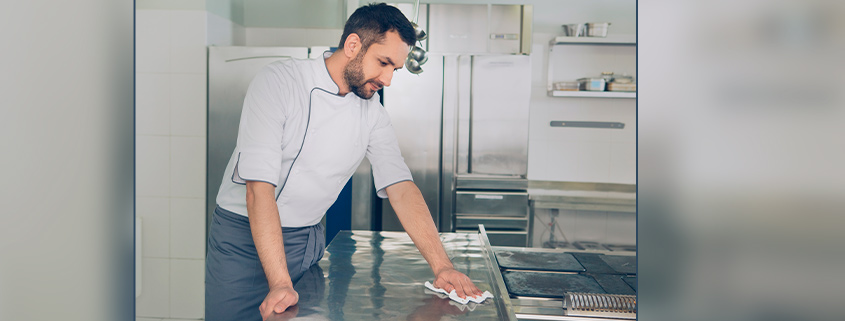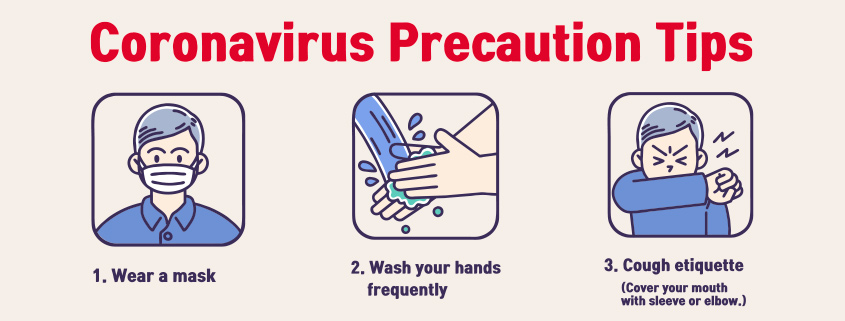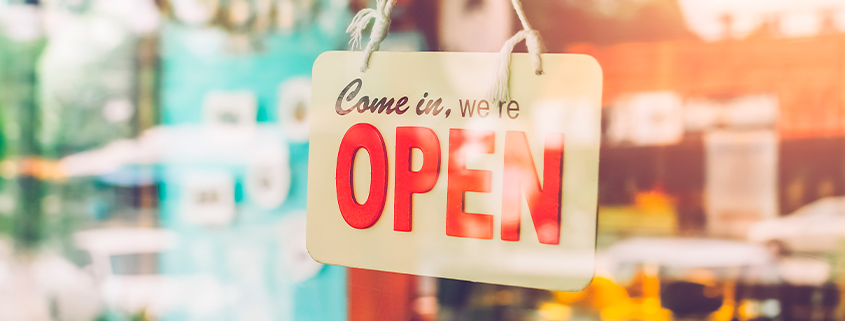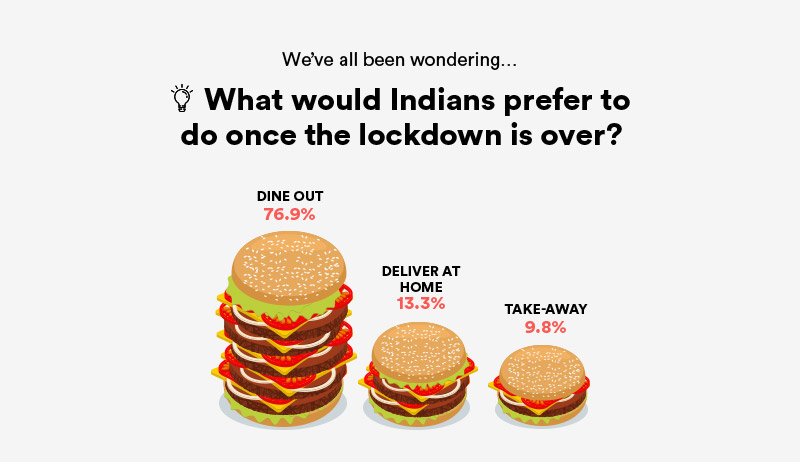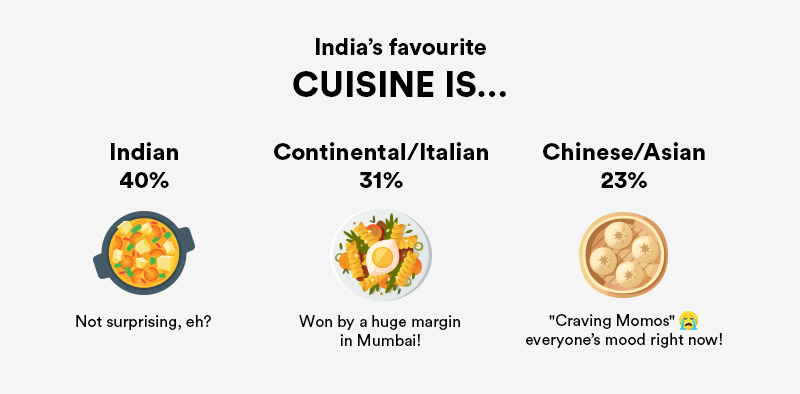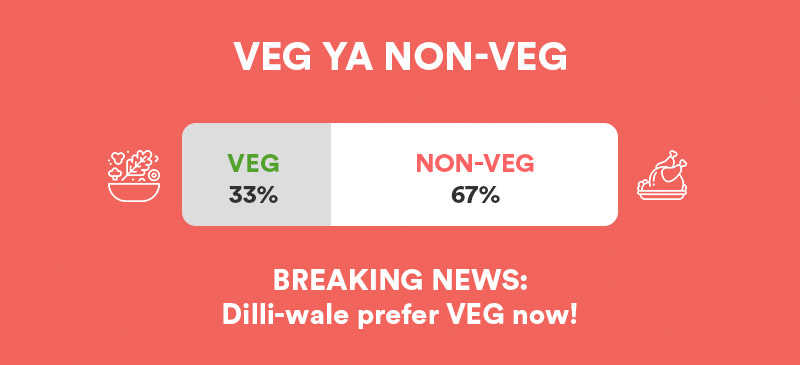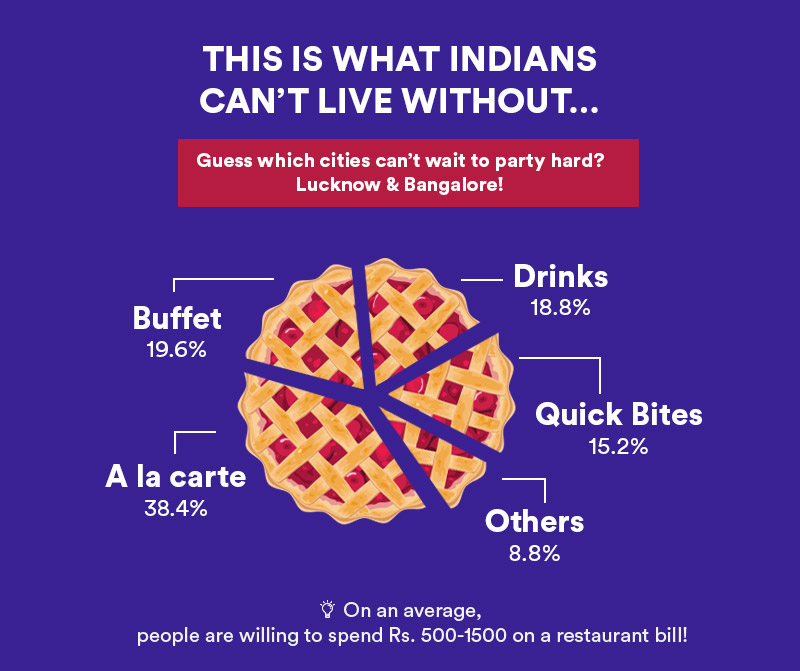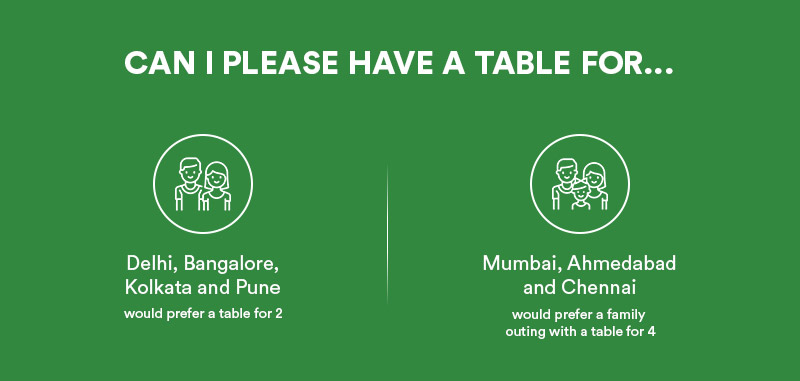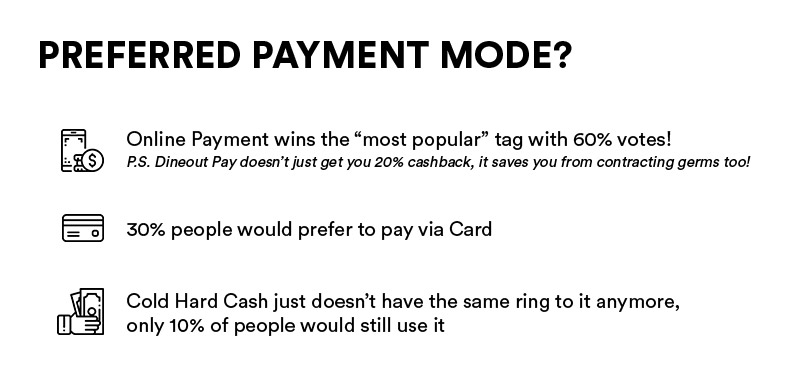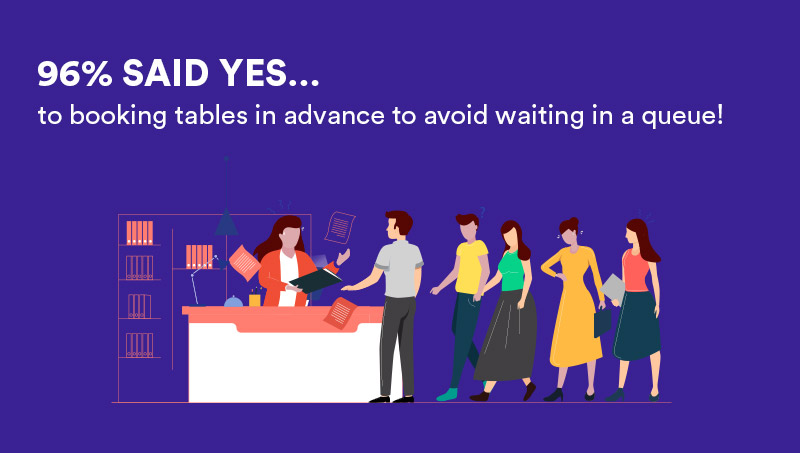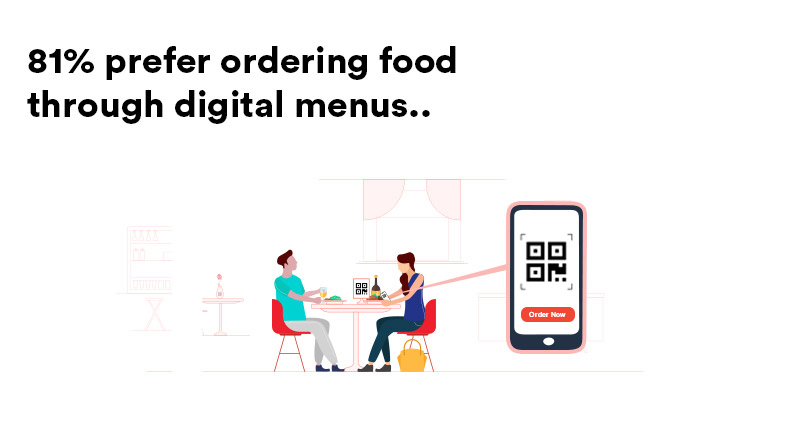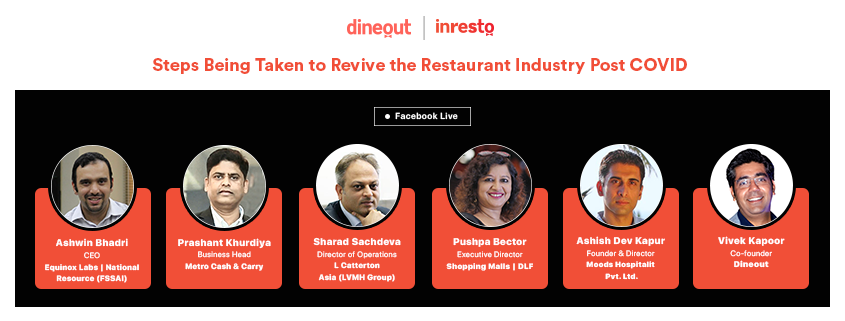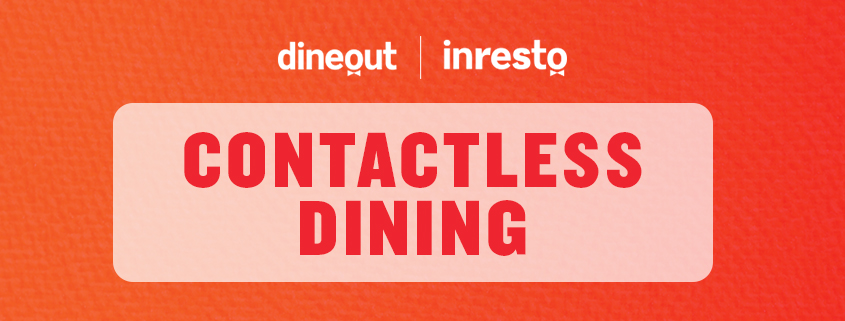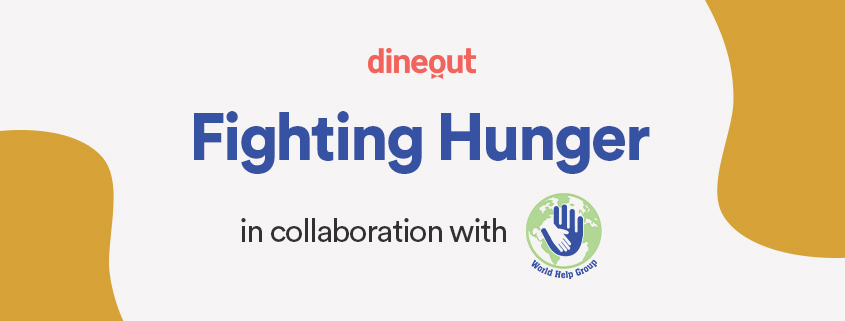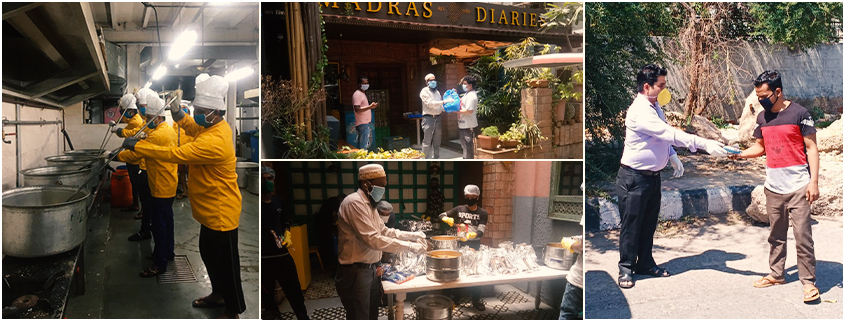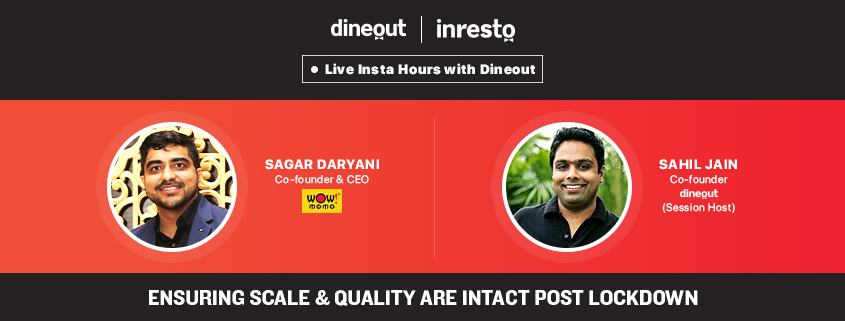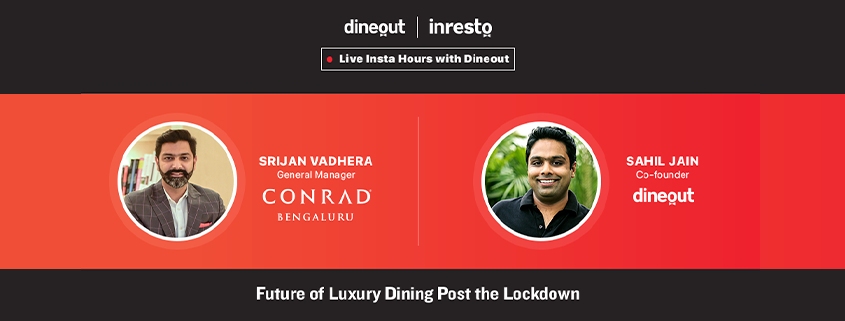The world is experiencing a one of a kind state of affairs. Countries all around the world have shut shops and are evaluating their timeline and the next steps. Our reactions at the moment need to be analyzed before we take any concrete steps. And to make matters worse, there is no textbook to refer to. But what we have is even better. We have able and expert minds. When these experts join forces, a miracle won’t be far away. And that’s what we aim to do here.
To shed a brighter light on measures that can be adopted post lockdown, Dineout launched a series of Live Webinar hosted by Vivek Kapoor, Co-founder of Dineout. In our very first webinar we were joined by industry stalwarts like Rahul Singh, Founder & CEO of The Beer Cafe, ex-NRAI President; Vikrant Batra, Co-founder, Cafe Delhi Heights, Nueva & Dhansoo Cafe and Amit Roy, Restaurant Consultant, Founding Partner – Shilton Hospitality & Slug Hospitality/Watson’s.

We are adapting the new way of conducting business, where webinars have replaced panel discussions. There is an overdose of information on the internet, especially with big numbers flashing on our screens. It makes sense to look at these numbers and introspect our next steps. But we must not forget that we have a moral obligation as an industry to fulfil, the one of bringing back smiles on the diners’ faces. We are in the business of giving our society places to celebrate, rejoice and feel normal again.
We bring you our in-depth conversation with our esteem panel members.
Need for Government Policies and Intervention/ Aid:

Governments’ aid to the F&B industry is crucial at this time, and the lack of any update is disheartening. Apart from an advisory to continue paying wages to staff restaurants have received no other direction from the Government. India’s restaurant business isn’t composed of a lot of big chain restaurants, which have better cash buffer days, keeping them afloat for about 2-3 month. However, the same for a small or mid-sized restaurant is approximately 15- 20 days.
At this juncture, the Government needs to weigh the economic repercussions on our industry. Statutory payments such GST, advance tax, duties and VAT at state levels. Should be deferred. Government can give moratorium on bank loan payments so cash flow can be used to make payments to marginal suppliers and workforce. We need to somehow preserve cash flow to fulfil needs. Cash flow is the need of the hour, and the Government needs to ensure that. A sudden lockdown had led to a Chakka Jam. Instead a reroute could have been planned for businesses to function without burning it down to the ground. In order to operate a restaurant requires twice the number of licenses in comparison to someone who wants to own a firearm.
This alone doesn’t affect the restaurateurs; it impacts the livelihood of their employees and people who are in business with them.
Collaborate with Your Stakeholders:

A business functions due to the collaborative effort of multiple stakeholders. And each of these stakeholders are wary of the unknown. This pandemic has affected each of the stakeholders like landlord, vendors, aggregators, staff etc. Hence, each of these stakeholders must come up with a consolidated plan that benefits all. Survival is at stake, and in the ecosystem of a restaurant business, one cannot do without the other. Rental is a pain point for many restaurants. A restaurateur should communicate with his/her landlord and come up to a mutually beneficial resolution. Only if we survive this storm as a business community can we revive and rebuild. Anyone contemplating investing in new restaurant projects should steer clear of it. The existing restaurateurs are like fishermen, who can’t venture into the sea now, but can at least fix their nets.
NRAI has come up with multiple task forces to align the restaurant community’s needs and furnish it to the Government. In the background, NRAI is also successfully running city chapters where the needy are provided with meals. Taking suggestions from one of the viewers, NRAI is planning to come up with guidelines for restaurants in terms of hygiene and standard processes post-lockdown.
Adopting a New Business Model:
This is an unprecedented crisis, but the world is no stranger to crisis. Our ancestors have lived through wars and many diseases and lived to tell the tale. And we will do the same. The challenges we face at the moment are alien to us. However, it is important to treat each of these challenges as opportunities. 2020 is set to be a year of great change. This year is going to be instrumental in accelerating the crumbling of outdated structures and systems that have controlled the restaurant industry order for years.
Home-delivery, take-away received its shining moment only amongst a select few restaurants. But the time has come when it needs to step out of the-cupboard-under-the-staircase. Fine dines, five stars and bars are contemplating joining the bandwagon. The industry needs these and more innovative models of business to survive and thrive. It is advisable for a new restaurateur to run his/her business like a mom & pop shop and get their hands dirty to stay afloat.
Restaurateurs with multiple chains should evaluate business from each of their outlets and draw a survival plan. Don’t make the mistake of good money chasing the bad money. The industry is experiencing a war like situation, and to win they need allies. Future mergers and acquisitions won’t be surprising and will prove fruitful to keep everyone afloat.
Role of Digital:

Where human interactions are being viewed under the lens, tech can help. The world will not wait for anyone to catch up. We should revisit our operational strategies and find areas where we can plug-in technology. Once operational, it will be rewarding for the staff as well as the diners. Some trends in China, where the business has resumed, highlight a new contactless dining experience. Physical menu has been replaced by the Digital menu with payment being made online. While our demographics are different, it won’t hurt to draw a trick or two from their playbook. Diners will be wary but keen on dining out, so offer them the safe place to dine. Table management will be vital as diners will be against the idea of waiting in long queues. Dineout’s Reserve simplifies and automates this process with least human intervention. For such solutions and more, click here – https://inresto.com/contact.html
Educating the diners about the new way of dining and safety measures planned to be adopted at restaurants is equally important at this point. And the easiest way to reach out to them is via social media. It is easy to be caught up in the myriad of fake news and speculation. Sales drop for non-veg food items and corona beer serve as worthy examples to learn from.
Staff and Resource Management:

A restaurant is empty without its staff. A fresh and smiling face greeting at the door, ushering us to a table is a sight to behold. It takes ages for anyone to learn the methods of a restaurant business. It’s not just the business of food, it’s the business of people as well. Retaining employees will prove to be instrumental when the restaurants’ doors open. It is important to extend a helping hand to our employees who are only skilled to do this, and have no other skills to earn their livelihood. Some staff members have found innovative ways to continue catering to the diners. One of Watson’s DJ hosts a DJ night. Other restaurants’ chefs are showcasing recipes and bartenders are uploading easy to fix drinks on Instagram Live. They intend to keep the spirits high.
What we miss out in this myriad of crisis, is the cost involved in fresh hiring and re-training. Post-COVID era will give us very little time to up our game. When it does, we will need our team.
Even though most kitchens have no sound of knives slicing through that fresh produce, the heart of a restaurateur is still beating. A chef is longing to put on his apron. A server cannot wait to see the glint in the diners eye when serving the food. And most importantly, a diner cannot cook forever. In 2020 hope will not be cancelled.
Some industry bodies are doing extraordinary charity work. NRAI has come up with a commendable campaign, Feed the Needy, which has served more than half a million meals.
If you have the attention span that puts most millennials to shame, watch the entire session here
We have many more interactive sessions planned for our restaurant business community. Watch out for the next one on our social media channels.
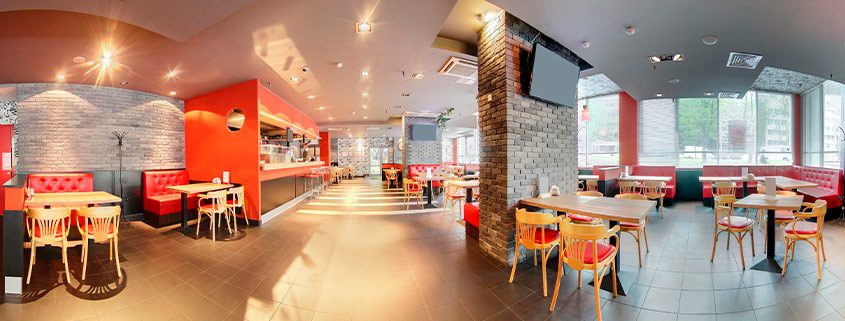
.jpg)
